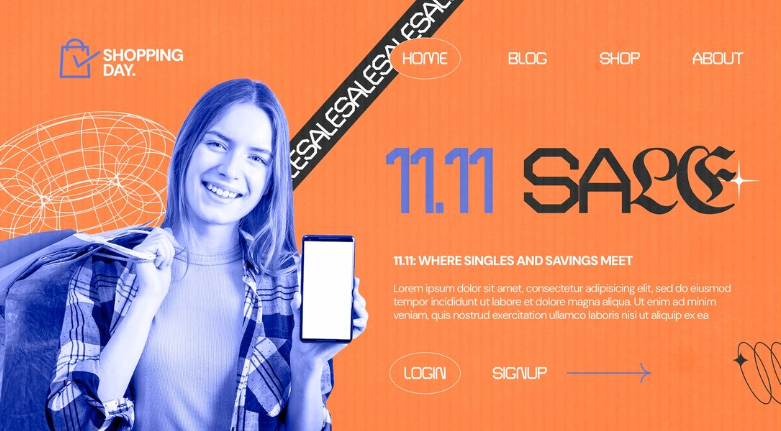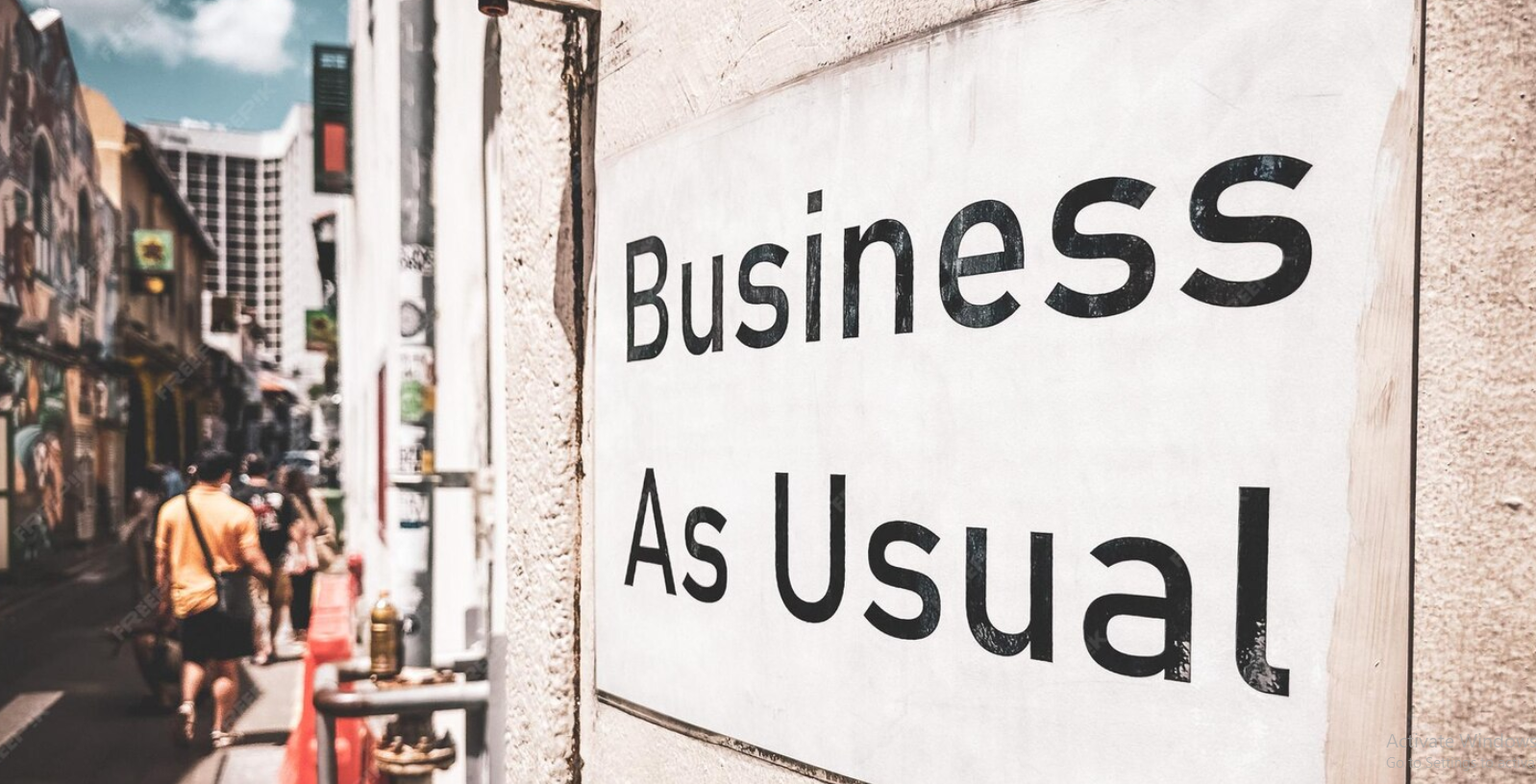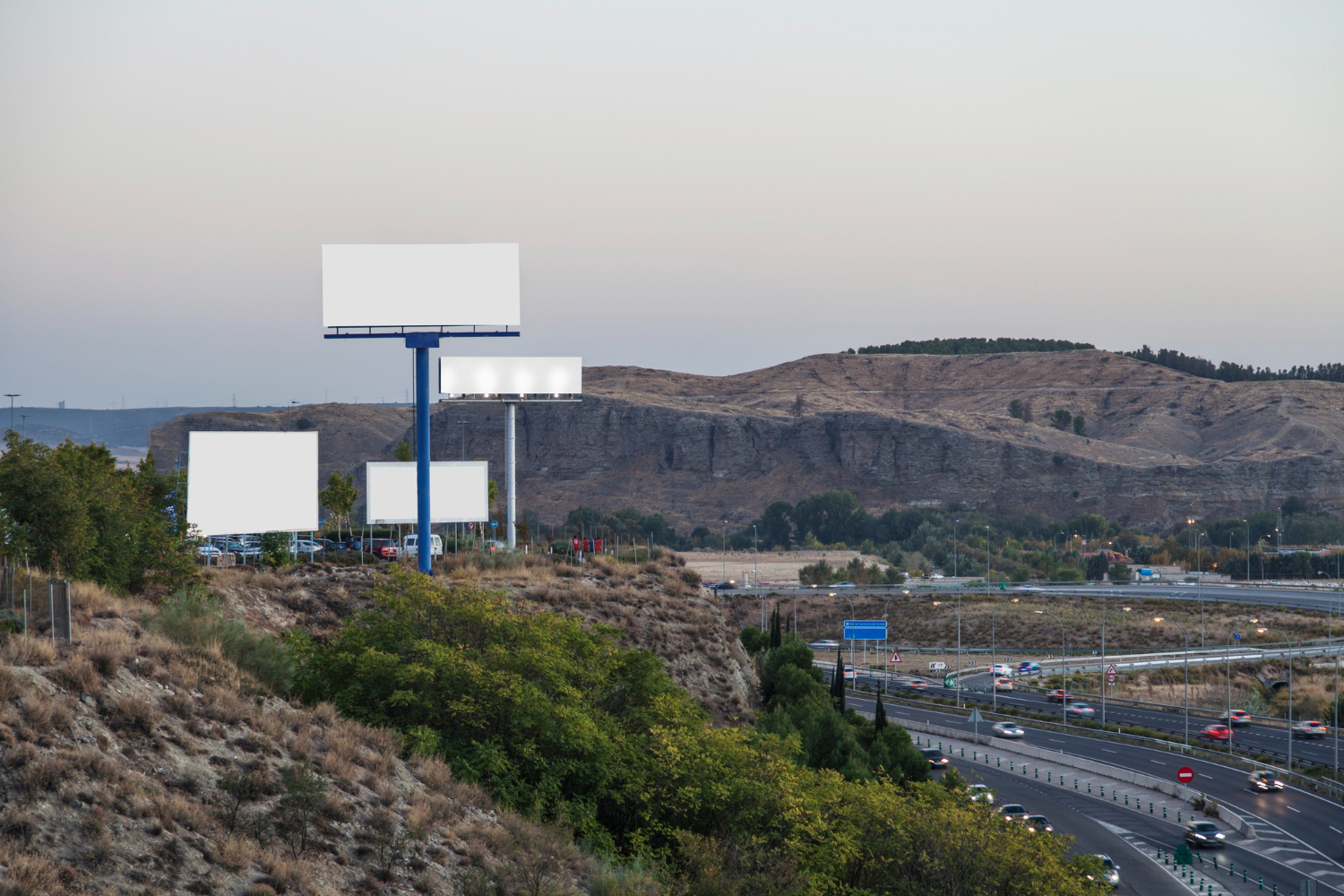You’re cruising down the highway after a long day. The radio hums, your thoughts drift to dinner, and the landscape blurs into a monotonous streak. Then, seemingly out of nowhere, a billboard cuts through the fog of distraction. Suddenly, you’re craving a specific burger, humming a forgotten jingle, or seriously wondering if your insurance is good enough. That instant reaction? It’s not random magic. It’s the deliberate application of psychology, transforming a fleeting glance into a powerful mental imprint. Effective billboard advertising isn’t just art; it’s a science of understanding how our brains work under pressure, especially when we’re moving fast.
Why Your Brain is the Real Target
Think of your brain on the highway as a high-stakes filter system. Bombarded with overwhelming sensory input – other cars, road signs, changing scenery, your own thoughts – it ruthlessly prioritizes. It defaults to ancient survival mechanisms, prioritizing potential threats or immediate rewards. Effective billboard advertising bypasses our conscious, analytical mind and speaks directly to these primal instincts and subconscious processing centers.
The Critical 3-Second Window: Research consistently shows you have roughly three seconds – often less – to capture attention and convey your core message to a driver traveling at speed. That’s less time than it takes to tie a shoe. Within this tiny window, a billboard must trigger a pre-attentive response – something the brain registers before conscious thought kicks in.
The Psychological Triggers That Force Us to Look
Why Your Eyes Betray You: 4 Brain Triggers Billboards Exploit
- Stuff That Moves or Pops
Your side vision acts like a threat radar. A bright red logo on a white background? A subtle flashing element? These scream “LOOK HERE!” without you deciding to look. It’s not about being obnoxious – it’s about being visible at speed. That minimalist black-and-white art board? Beautiful in a gallery, invisible on the interstate.
- Faces (Especially Eyes)
We’re biologically drawn to human faces like moths to a porch light. Billboards showing someone making eye contact with you boost recall by 30%. It creates a micro-connection – a feeling of being seen. Doesn’t need a supermodel; a relatable person showing genuine emotion (relief, joy, surprise) works powerfully.
- Danger! Or… Free Stuff?
Your brain’s panic button (the amygdala) fires instantly at:
o Threats: “BRIDGE CLOSED AHEAD! DETOUR →”
o Rewards: “FREE COFFEE NEXT EXIT // 2 MILES”
Smart billboards position their product as the solution to a pain point (exhaustion, boredom, stress) or the key to avoiding trouble.
- The “Wait… What?” Factor
Brains hate unsolved puzzles. A slightly mysterious billboard (“Why’s that dog wearing sunglasses?”) makes you mentally fill in the blank – ensuring you remember it. But tread carefully: Too vague becomes confusing, not intriguing.
Less is Always More: The Science of Simplicity
This is arguably the most violated principle in billboard advertising, yet it’s the cornerstone of effectiveness. Your brain, overwhelmed by the driving task, actively rejects complexity.
- The 7-Word Rule (Or Less!): Treat your message like a text message, not a novel. Think iconic: “Just Do It.” (3 words). “Got Milk?” (2 words). “Eat Mor Chikin” (3 words, deliberate misspelling included). Every additional word dilutes impact and increases the cognitive load beyond what a passing driver can handle. Aim for brevity that punches.
- One Hero Idea: What is the single most important thing you want the viewer to know, feel, or do? Focus relentlessly on that. One core message. One dominant visual. Trying to sell your family-owned history, your 20 services, your weekend hours, and your phone number? You’ve sold nothing. Choose the most compelling benefit or the most urgent call to action.
- Fonts Speak Louder Than Words: Typography isn’t just about readability; it conveys personality and emotion. Bold, clean sans-serif fonts (like Helvetica or Arial) project confidence and clarity – often the best choice. Script fonts can suggest luxury or tradition but can be murder to read quickly. Avoid overly decorative or thin fonts at all costs. Size hierarchy is non-negotiable – the most important element (usually the brand or core message) must dominate visually.
Emotion: Why Feelings Beat Facts Every Time
Forget features lists and fancy specs. What really makes a billboard memorable isn’t what it says—it’s how it makes you feel.
Our brains latch onto emotions like glue. A billboard that tugs your heartstrings or tickles your funny bone will stay with you long after the drive ends. Here’s how the magic works:
Humor: The Instant Connection
Making someone laugh is like hitting the brain’s “save” button.
Think: Those classic “Got Milk?” mustache ads. Or the local plumber’s sign: “WE FIX WHAT YOUR HUSBAND ‘FIXED’”.
Why it works: Laughter cuts through highway boredom like nothing else. It’s shareable (“Honey, you won’t believe this billboard!”).
But be warned: Jokes must land fast. Subtle wit gets lost at 65 mph. Keep it broad, visual, and instantly funny.
Nostalgia: The Warm Hug
Tapping into shared memories creates instant trust.
Think: A retro cereal box. A vintage soda logo. Or just three words: “REMEMBER SATURDAY MORNINGS?”
Why it works: It’s less about the product, more about the feeling—safety, simplicity, joy. Especially powerful for brands you grew up with.
Pro tip: Use familiar visuals, not clever twists. Recognition > originality here.
Urgency & FOMO (Fear of Missing Out):
Creating a sense of immediacy or scarcity compels action. “LAST CHANCE! EXIT NOW.” “SUMMER SALE ENDS SUNDAY.” “LIMITED TIME OFFER 2 MILES AHEAD.” These trigger the brain’s desire to seize opportunities before they disappear.
Belonging & Identity:
People define themselves by tribes. Billboards that speak directly to a specific group’s identity or values resonate deeply. “FOR TEXANS WHO WORK HARD.” “BUILT FOR ADVENTURE.” “THE SMART MOM’S CHOICE.” This says, “This is for you.”
Aspiration & Relief:
Show the desired feeling your product or service delivers – the relaxation after a stressful day (a cool drink, a comfortable bed), the joy of a family moment, the thrill of adventure. Let the image evoke the emotion; the words simply anchor it to the brand.
Location Matters: Your Billboard’s Secret Power Boost
A killer billboard in the wrong spot is like shouting into a hurricane. Wasted money, wasted message. Where you plant your sign is half the battle – it’s about catching people when your message actually matters to them.
Here’s how smart placement works like psychology in action:
Right Place, Right Time (The “I Need That NOW” Factor)
Place your billboard where your solution meets a real-time ache.
Food/Gas/Hotels? Always within 1-5 miles of the exit. Hungry, thirsty, or tired brains spot relief ahead and think “Yes! Perfect timing.”
Tire Shop? Right after a teeth-rattling pothole stretch. Drivers white-knuckling the wheel see your sign and think “Thank God – I need new tires yesterday.”
AC Repair? Smack in summer gridlock on a 100°F day. Sticky, frustrated drivers are primed for your message.
Solve Their Current Headache (Problem → Solution = Magic)
Pinpoint where your customer’s pain is sharpest, then offer the cure.
Ice-Cold Drinks? Place it on a barren, sun-baked highway stretch with no rest stops. Driver thinks: “I’m roasting… and THERE’S lemonade?!”
Comfy Hotel? Position it when drivers are exhausted – after hours of driving or near a congested city entry. The thought “A soft bed…” becomes irresistible.
→ This creates a brain shortcut: “This problem sucks → That sign fixes it.”
Repeat After Me (Familiarity = Trust)
Seeing the same clear, simple ad multiple times on a route makes it feel like an old friend.
How it works: First glance: “Huh, new tire place.”
Second glance: “Oh yeah, that tire shop.”
Third glance: “Hmm, maybe I should check them out…”
Sweet Spot: Aim for drivers to see your sign at least 3 times on their regular commute. Repetition builds comfort – and comfort builds customers.
Crafting the Irresistible Call-to-Action (CTA)
What do you want the driver to do? If your CTA is weak, unclear, or forgettable, even the most attention-grabbing billboard fails.
- Action Verbs are King: Start your CTA with a strong verb: “TURN HERE.” “CALL NOW.” “VISIT TODAY.” “EXIT NOW.” “LEARN MORE.” Verbs imply movement and decision.
- Clarity is Crucial: Ambiguity kills action. “Experience the Difference” is weak. “Schedule Your Free Test Drive →” is clear.
- Leverage Directional Cues: If your location is the goal, use a large, unmistakable arrow pointing the way. This provides an immediate, intuitive visual instruction.
- Make Recall Effortless: If using a phone number, simple repetition or easy patterns help (e.g., 555-5555). Websites should be the simplest possible version of your brand name (JoesDiner.com, not BestFamilyDinerTempleTX.com). Avoid spelling out long URLs.
Why Most Billboards Fail: Ignoring the Brain’s Rules
Understanding the psychology reveals why countless billboards are ineffective roadside wallpaper:
- The Sin of Vagueness: Messages like “Quality Service You Can Trust!” or “The Best in Town!” are meaningless noise. They offer no specific benefit, trigger no emotion, and demand no action.
- Death by Word Count: Paragraphs of text, multiple phone numbers, lists of services – it’s visual clutter the brain instantly rejects. If it takes more than 3 seconds to read, it’s too long.
- Artistry Over Communication: Prioritizing abstract “creativity” or intricate visuals that look great up close but dissolve into confusion at speed. The message must be instantly decipherable.
- Poor Location Choice: Placing an ad for luxury spas in a gritty industrial corridor, or advertising a product irrelevant to the immediate driving context (e.g., snow shovels in July on a beach route).
- Forgettable or Complex CTAs: Burying the action step, using weak language, or making contact information difficult to remember.
Your Message. Their Mind. Perfectly Aligned.
We’ve walked through the psychology—the triggers, the simplicity, the emotion, the strategic placement. But here’s the truth:
“A billboard isn’t just what you say. It’s where, when, and how you say it.” And that’s where we, Reagon Outdoor Advertising, come in.
We don’t just rent space—we engineer impact.
- Location isn’t real estate—it’s strategy. We pinpoint exactly where your drivers feel the need your business fills.
- Context is king. A tire ad hits harder after potholes. A coffee sign saves sanity in morning gridlock. We find those moments.
- Repetition builds relationships. We map routes to ensure your message becomes a familiar friend—not roadside noise.
Here’s what happens when you partner with us:
→ Your message meets minds primed to act.
→ Your brand sticks like a forgotten jingle.
→ Your billboard pays for itself in recalled calls and turned wheels.
Ready to Make Drivers Need You? Contact us






